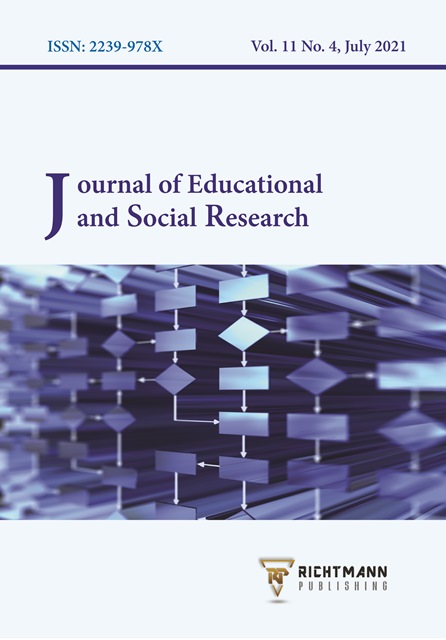Enhancing Second Language Incidental Vocabulary Learning Through Technology
DOI:
https://doi.org/10.36941/jesr-2021-0081Keywords:
multimedia, annotations, second language, incidental vocabulary learning, pedagogyAbstract
The emergence of digital learning environments has resulted in remarkable interest to researchers and professionals in pursuit of finding effective second language learning and teaching methodologies with the help of technology. Hence, this study intended to investigate whether different multimedia annotation modalities (i.e., L1 definition, L2 definition + audio, L2 definition + image) have different effects on enhancing L2 incidental vocabulary learning. Language learning and technology have received particular attention for quite some time now, yet, a critical review of earlier research led to the identification of a research gap as there was no previous research on settings where participants’ first language was Albanian. The nature and focus of research questions required the use of a quantitative deductive approach. More specifically, the study employed a quantitative quasi-experimental design with the utilization of a pre-test and an immediate post-test. Fifteen-year-old pupils at a secondary school read a second language text under different annotation conditions. Independent and paired samples t-tests were utilized in analyzing data collected through an immediate word recognition test. The findings yielded evidence that L1 definition and L2 definition + image is more effective in enhancing L2 incidental vocabulary learning compared to non-multimedia reading environment and L2 definition + audio, therefore providing positive pedagogical implications for the application of technology in developing second language incidental vocabulary learning.
Received: 8 March 2021 / Accepted: 26 May 2021 / Published: 8 July 2021
Downloads
Downloads
Published
Issue
Section
License

This work is licensed under a Creative Commons Attribution-NonCommercial 4.0 International License.
This work is licensed under a Creative Commons Attribution-NonCommercial 4.0 International License.









